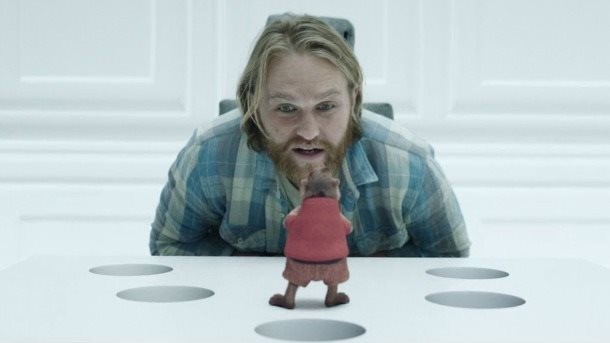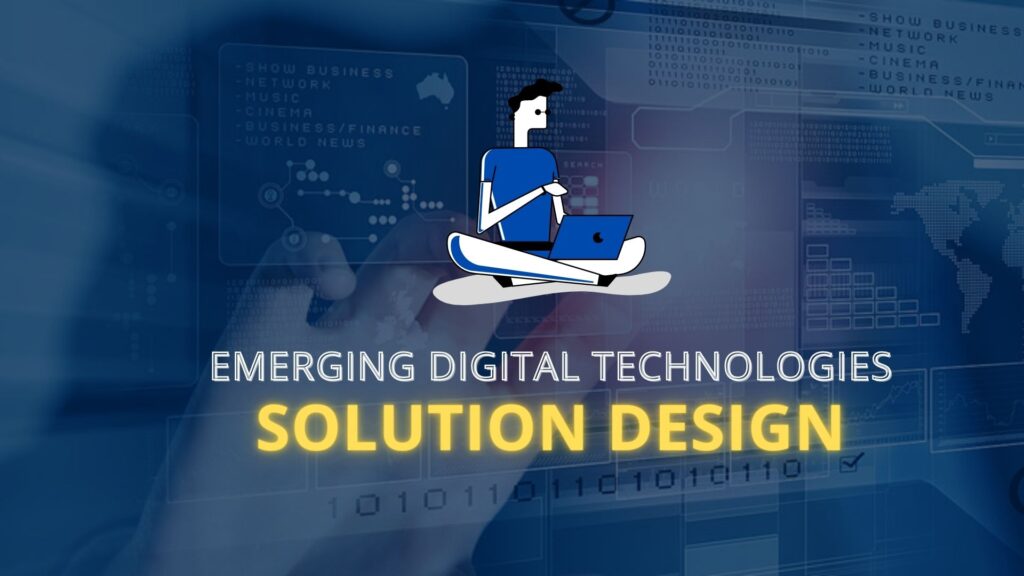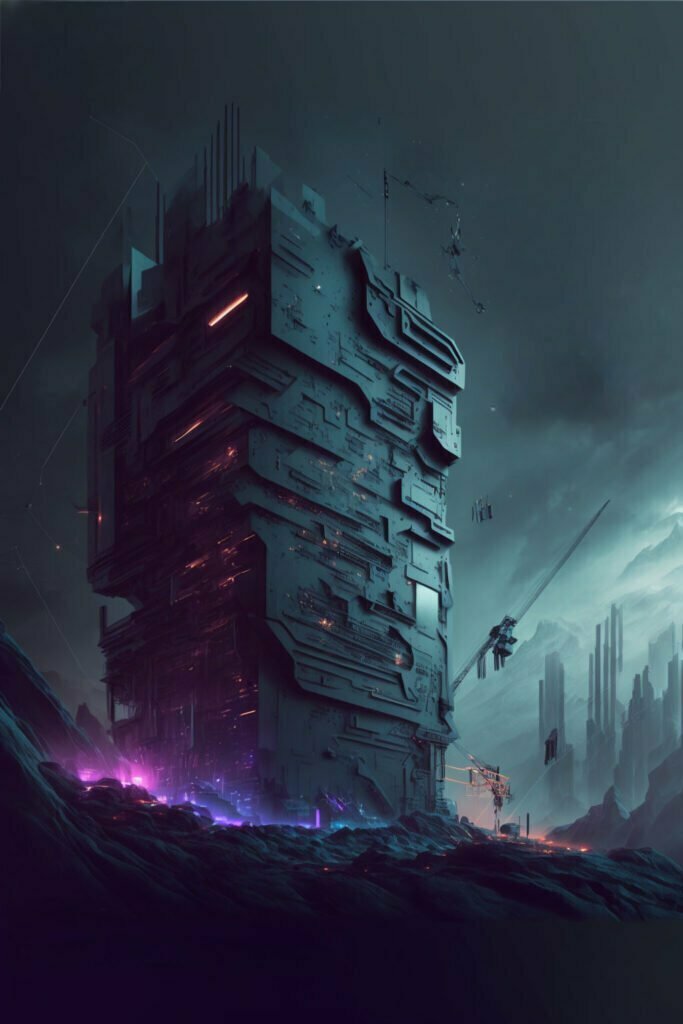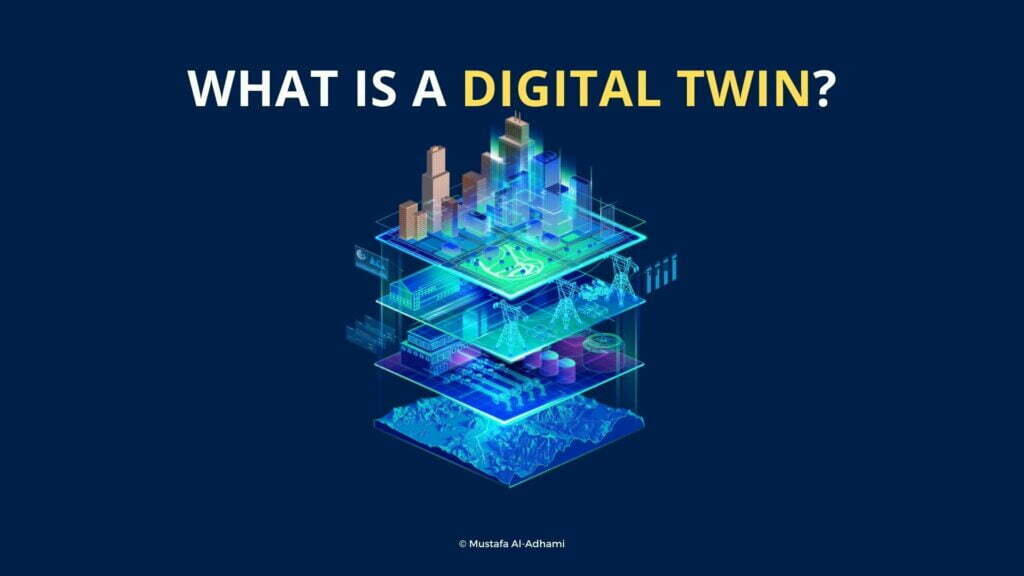This is part of Mustafa Al-Adhami’s Lecture Series at Birmingham City University, where he leads the Emerging Digital Technologies module for Level 5 Architectural technology. This subject provides an in-depth examination of the integration of technology in the lifecycle of the building. The series aims to enlighten students and professionals about the latest advancements and their potential to shape the future of our built environment.
Session 0.1: Introduction to Emerging Digital Technologies in the Built Environment
This session is dedicated to empowering students with the knowledge of creating solution designs using cutting-edge digital technologies. Through the session, students will gain a clear understanding of the distinction between a solution and a product, as well as the methodologies required to develop a successful solution design. By the end of this session, students will be equipped with the tools to implement their ideas and bring them to life in a way that delivers optimal results.
What is a Solution Design?
Picture yourself in a limitless construction playground with an endless stream of building blocks at your disposal. These blocks are not all created equal, possessing diverse properties, costs, and capabilities. Your challenge is strategically arranging them into different unique shapes and configurations, unlocking your imagination and creativity to build the ultimate masterpiece. Will you rise to the challenge and become the master builder of this limitless world?

The game’s objective is to build a system according to the rules below:
- Technical Compliance
- Business Value
- Quality
- Schedule & Resources
- Integration




Product and design optimisation
Design is a finely-tuned optimization process that aims to produce a viable solution within the given time and resources.
In the realm of solution design, this process combines technological assets in diverse configurations to generate several potential candidates, from which the best one is selected.
The assets utilized in this process may include various technological components such as:
- Technology stack
- Database engine/storage
- Deployment method (cloud, onsite, client/server, distributed)
- Redundancy, backup and recovery mechanisms
- Hardware capacity
- DevOps or cloud-friendly software architecture
Progress is measured through quality & time-to-market

Product vs Solution
The term “product” often brings to mind consumer goods, such as those found on the shelves of a supermarket. These products typically come with a user manual and can be configured in different modes based on the user’s needs.
On the other hand, a solution involves multiple products or platforms that are customised to suit a user’s unique preferences and context. The goal of a solution is to tackle a particular problem or challenge with the aim of resolving it effectively.
While a product is built to perform a specific function, a solution is designed to address a specific problem, incorporating a range of products that work harmoniously to achieve the desired outcome. This approach provides greater flexibility and adaptability, enabling users to tailor their solutions to their unique needs and circumstances.

Source: softwaredominos.com
The creation of business value within the Software Development Lifecycle is limited to two distinct phases design and development. Any other stages, such as planning, testing, deployment, operations, and maintenance, are perceived as cumbersome and unnecessary costs by customers, who are unwilling to pay for them.
Solution and software design, in particular, demand not only technical skills, tools, and expertise but also a healthy dose of creativity, innovation, and the foresight to anticipate business needs. These critical skills ensure that the resulting solutions meet the specific demands of the business, maximising value creation while minimising unnecessary expenses.
Solution Design Methodologies

Video by OeLean
Solution Design Discussion – (FunTime)
During this session, students will delve into the analysis of technology through the lens of Black Mirror’s playlist. We will explore the hardware, software, and other possibilities of the technologies in the scene below, with the aim of replicating them and uncovering their potential applications, especially in the built environment.
By the end of the session, students will have a comprehensive understanding of the technological components required to develop Black Mirror-inspired solutions (immersive Augmented Reality experience), enabling them to turn their creative visions into reality.

This session aims to educate students on creating solution designs using digital technologies. Firstly, they will understand the difference between a product and a solution and gain knowledge on the methodologies required to develop successful solution designs. Additionally, the session will equip students with tools to implement their ideas effectively and bring them to life with optimal results. Furthermore, the students will analyse Black Mirror’s playtest episode, exploring the hardware, software, and other possibilities of the technologies in the scene to develop Black Mirror-inspired solutions, particularly in the built environment.




